Float-type liquid level switch
Advantages: The float switch does not contain components that could lead to malfunctions, such as bellows, springs, or seals. Instead, it uses a direct float to drive the internal magnet of the switch. The simple lever mechanism of the float switch allows for instant switch action. The float arm angle limiting design prevents the float from becoming vertical. The float-type liquid level switch is a simple, easy-to-use, safe, and reliable liquid level controller. It operates faster and has a longer service life compared to general mechanical switches. Compared to electronic switches, it has strong load impact resistance and can achieve multi-point control with a single product. It is easy to maintain and is widely used in shipbuilding, papermaking, printing, generator equipment, petrochemical, food industry, water treatment, electrical engineering, dye industry, hydraulic machinery, and other fields.
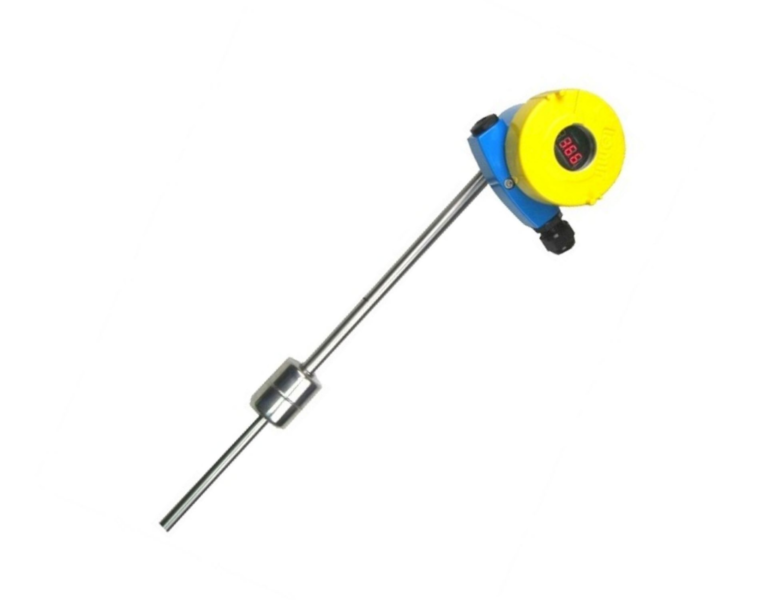
Disadvantages: The float switch is a simple passive device and does not have a self-check function; therefore, regular inspection and maintenance are recommended. Since the float or float tube level meter involves moving parts, it can become dirty when used with thicker or more viscous liquids. It has relatively poor measurement accuracy and cannot operate when the viscosity exceeds 0.8 mPa·s. The device has specific requirements for the pressure, density, and dielectric constant of the container. Installation may require production to be halted, tank cleaning, drilling, and hot work.
Technical Specifications:
- Maximum Cable Length: 30 meters
- Operating Temperature:
- Standard Type: 0~80°C
- Medium Temperature Type: 0~120°C
- Ambient Temperature: -40~70°C
- Operating Pressure: Atmospheric pressure
- Medium Density: ≥0.6 g/cm³
- Contact Capacity: 220VAC 10A
- Electrical Interface: M20*1.5
- Protection Level: IP65
- Process Connection: HG20592~20635-97 DN100 and above, other flange standards (such as GB, JB/T, HGJ, ANSI, DIN, etc.)
- Wetted Material: Stainless steel
Tuning fork liquid level switch
Disadvantages: The tuning fork switch is not suitable for use with very viscous media. Accumulation of material between the tines, causing the tines to stick together, can interfere with level detection.
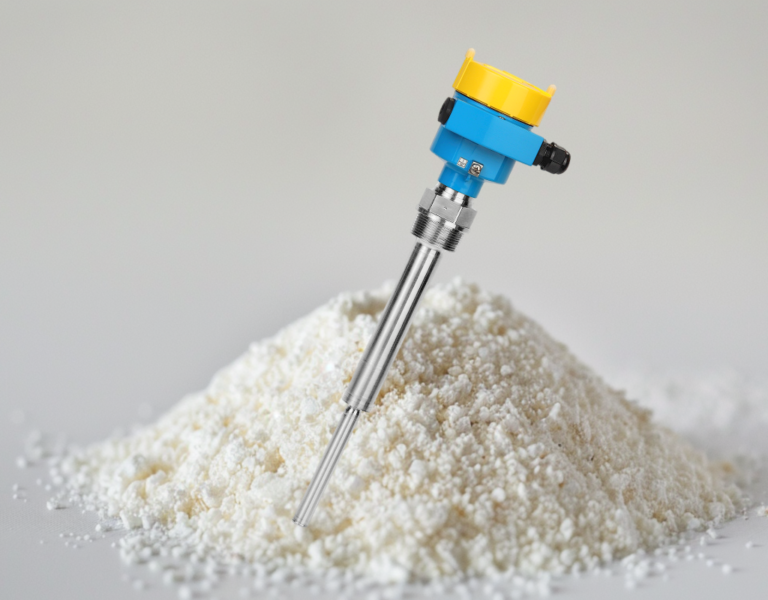
Technical Specifications:
- Power Supply: DC 12V~24V, AC 220V
- Power Consumption: 1W
- Vibration Frequency: 200 Hz
- Output: NPN type, transistor output, maximum 30V, 100mA (overvoltage and overcurrent may cause damage)
- Material: 316 stainless steel
- Protection: IP68
- Maximum Pressure: 1 MPa
- Density:
- Liquid: ≥0.8 g/cm³
- Powder: ≥0.2 g/cm³
- Liquid Viscosity: Up to 1000 m²/s
- Detection Time:
- Output Action (Stop Vibration): 0.5 seconds
- Output Off (Start Vibration): 3 seconds
- Operating Temperature: -10°C~+85°C
Capacitive liquid level switch
Advantages: Resistant to material buildup and corrosion. It is suitable for various environments, such as plastic or cement non-metallic tanks, and is resistant to acids and alkalis.
Disadvantages: Calibration is difficult, and accuracy is relatively poor. The dielectric constant needs to be greater than 2. The device has specific requirements for the pressure, density, and dielectric constant of the container. Installation may require production to be halted, tank cleaning, drilling, and hot work.
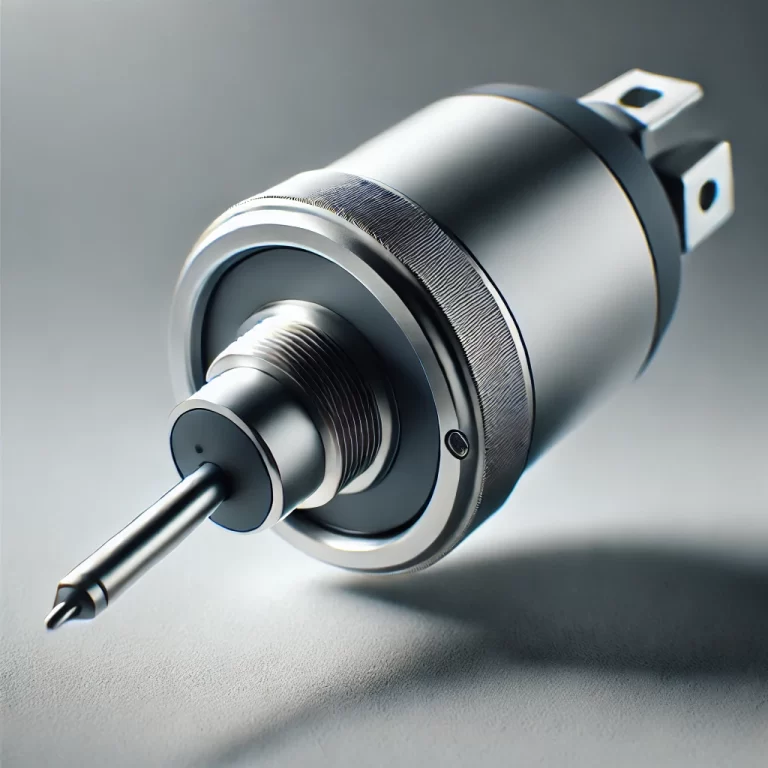
External liquid level switch
Advantages:
Safety: When measuring toxic, corrosive, pressurized, flammable, explosive, volatile, or easily leaking liquids, the external liquid level switch does not require valves, connecting pipes, or joints, eliminating potential leak points. It does not come into contact with the liquid or gas inside the tank, making it very safe. Even if the instrument is damaged or under maintenance, there is no risk of leakage, poisoning, or explosion.
Easy Installation and Maintenance: Installation and maintenance do not require hot work or tank cleaning and do not affect production.
Reliable and Durable: The sensor and instrument have no mechanical moving parts and are tightly sealed, isolating them from the external environment, thus preventing wear and corrosion.
Wide Applicability: It is independent of the pressure, temperature, density, dielectric constant, viscosity, or corrosiveness of the measured medium. It can be widely used in industries such as petrochemicals, chemicals, oil storage, petroleum, power, liquid transportation, and pharmaceuticals.
Disadvantages: The tank material must be rigid; non-rigid materials are not suitable. Installation requirements are stringent, with a recommended probe spacing of about 1 meter. Additionally, there must be no weld seams between the two probes (i.e., they must be installed on the same steel plate).
RF admittance liquid level switch
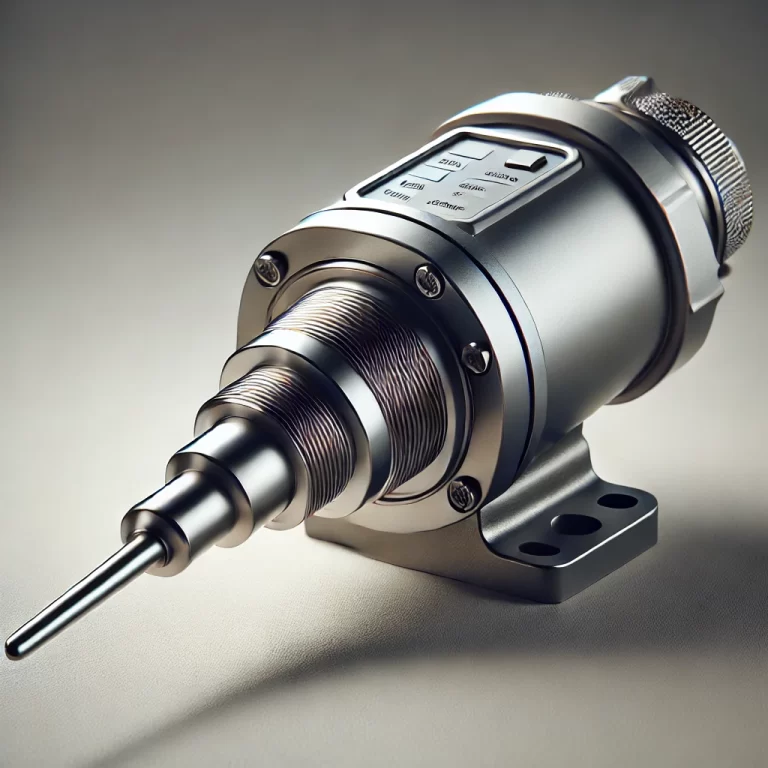
Advantages:
High Versatility: Capable of measuring both liquid and solid levels, it meets the measurement requirements for different temperatures, pressures, and media. It can be used in harsh environments, including corrosive and impact-prone conditions.
Anti-Material Buildup: The unique circuit design and sensor structure ensure that measurements are not affected by material buildup on the sensor, eliminating the need for regular cleaning and avoiding false readings.
Maintenance-Free: The measurement process involves no moving parts, so there is no risk of mechanical component failure, making it maintenance-free.
Interference Resistance: With contact measurement, it has strong anti-interference capabilities and can overcome the effects of steam, foam, and agitation on the measurement.
Accuracy and Reliability: Diverse measurement capabilities make the readings more accurate. It is unaffected by environmental changes, offering high stability and a long service life.
Wide Applicability: Suitable for industries such as chemicals, oil fields, water and wastewater treatment, paper manufacturing, pharmaceuticals, power plants, metallurgy, cement, and grain.
Rotary paddle level switch
Advantages:
- Specialized Small Hopper Design: Supported by three bearings, ensuring more reliable operation.
- Innovative Sealing Design: Prevents dust penetration (patented feature).
- Stable and Reliable Torque: The torque can be adjusted as needed.
- Overload Protection: If the blade experiences excessive load, the clutch automatically slips, protecting the motor from damage.
- Electromechanical Separation Structure: Allows for easy maintenance without needing to disassemble the entire unit.
- Junction Box Protection: Rated IP65, ensuring protection against dust and water ingress.
Technical Specifications:
- Material Type: Dry powder or granular, with a maximum allowable particle size of 20mm.
- Material Bulk Density: ≥0.5 g/cm³
- Material Temperature:
- a. Normal temperature
- b. High temperature: ≤185°C
- Control Mode: Positional control
- Power Supply: 220V AC, 50Hz
- Output Contact Capacity: 250V AC, 5A
- Lifespan:
- Mechanical: 5×10⁷ cycles
- Electrical: 5×10⁵ cycles
- Rotational Speed: 6 RPM
- Power Consumption: 4W
- Operating Environment Temperature: -10°C to +55°C
- Relative Humidity: Not exceeding 85%
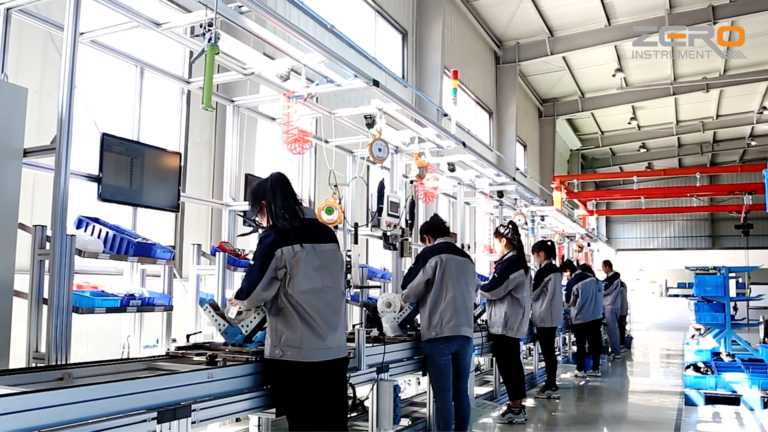
Electromagnetic liquid level switch
Advantages:
- Electronic Overvoltage Protection: The electronic type includes overvoltage protection features.
- Electromagnetic Leakage Current Protection: It can protect against leakage currents up to 300 mA.
- Wide Range of Circuit Breaker Options: Offers multi-level breaking ranges.
- Extensive Application: Widely used in various applications due to its versatility and reliability.
Electronic liquid level switch
Advantages:
- Durability: Resistant to dirt, tilting, bumping, and dropping. It also withstands salt spray, acids, and alkalis.
- Immunity to External Influences: Not affected by magnetic fields, metallic bodies, water pressure changes, or light.
- No Blind Spots: Provides reliable detection without blind zones.
- No Moving External Parts: The lack of external moving parts makes it resistant to interference from solid floating objects.
- Wide Applicability: Suitable for clean water, various wastewater types, acidic and alkaline water, seawater, water treatment chemicals, river and stream water, textile dyeing and finishing water, industrial wastewater, and also ideal for use as a ship water level switch.
Photoelectric liquid level switch
Advantages:
- No Mechanical Moving Parts: High reliability due to the absence of mechanical components.
- Compact Size: Small in size with a high cost-performance ratio.
- High Precision: Offers high accuracy in liquid level control with good repeatability.
Disadvantages:
- Limited Applicability: Not suitable for use with frozen or crystallizing liquids.
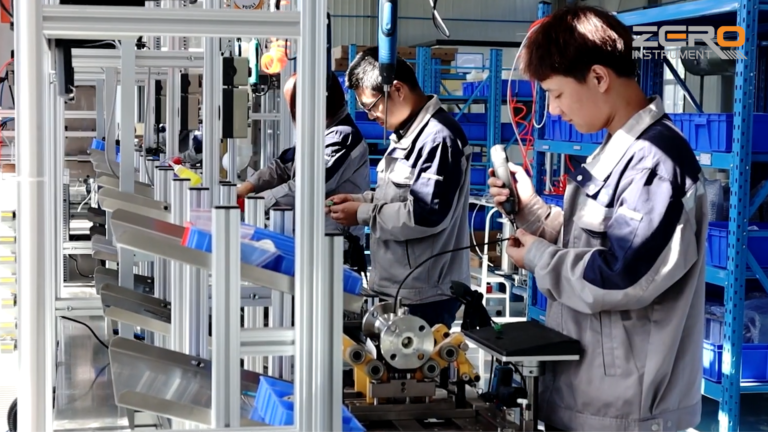
Ultrasonic liquid level switch
Advantages:
- Non-Contact Measurement: The ultrasonic liquid level switch operates without direct contact with the liquid, providing a ±0.2% accuracy over a range of 1-25 meters.
- Excellent Focusing: Features a 5-degree sound beam angle for precise measurements.
- Versatile Sensor Materials: Available in various sensor materials to suit different applications.
- Built-In Full-Range Temperature Compensation: Ensures accurate measurements across the entire range.
- Suitable for Corrosive or Polluted Media: Ideal for measuring corrosive substances (such as acids and bases), contaminated environments, or substances prone to adhesion. It is particularly useful for liquids that cannot be physically contacted.
Disadvantages:
- Sensitivity to Viscosity: Measurement accuracy can be affected by the viscosity of the measured medium, making it less effective for highly viscous substances.
- Temperature Sensitivity: The speed of sound and the instrument’s response can be affected by high temperatures, leading to slower response times and potential delays in triggering alarms.
